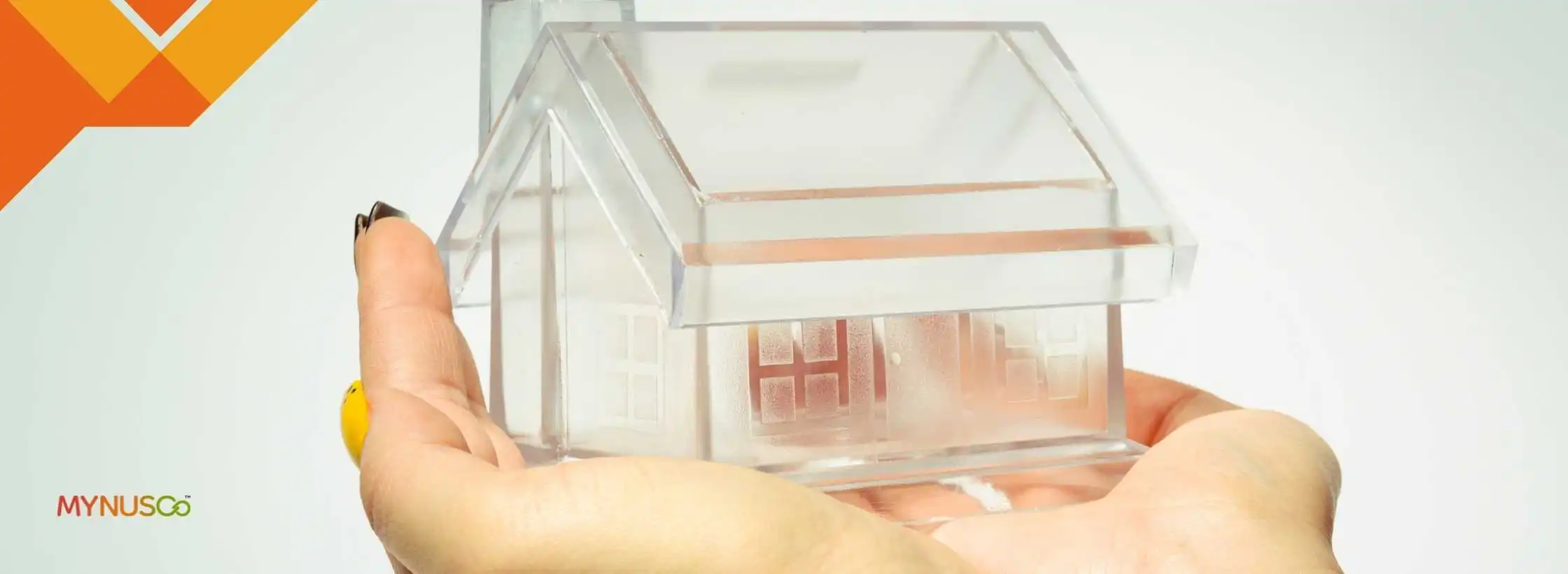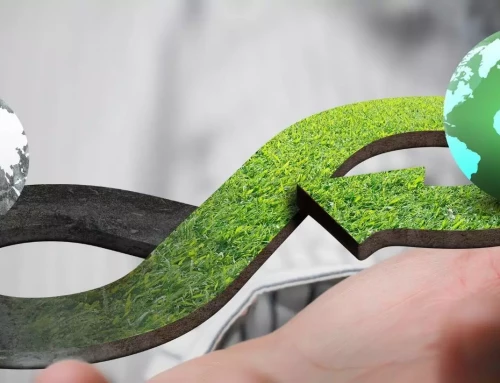The 5R Principle of Plastic – to shape the Future of Plastics Economy
The plastics industry has experienced significant growth during the past two decades. This is largely due to the versatility, scalability, durability, safety and economic advantages plastics offer.
It is nearly impossible to imagine our day without plastics as they are too deeply embedded in our lives. Countries around the world have committed to eliminate plastic waste and not actually the plastic itself.
The 3R principle – Reduce, Reuse, Recycle – the plastics industry has not done enough to convince the world that plastics are sustainable. A refreshingly new approach to implementing the 3R principle is the need of the hour.
Adding two more R principles – Renew and Recover can add more teeth to making plastics a potent and sustainable alternative. Here is a short summary of how the 5R principle can together make plastics sustainable.
1. Renew
Using renewably sourced raw materials to make plastic products will play an important role in making plastics sustainable. There are two ways to increase renewable content in plastic products –
- Use plastic derived from sustainably sourced renewable raw materials or organic waste. Simultaneously, address concerns around their scalability, cost and carbon footprint before considering them for mainstream adoption.
- Use Bio-Composite materials – These are composites of plastic raw materials in matrix with renewable materials such as bamboo, hemp and starch. The plastic raw materials can be fossil based, recycled or bio-based. Bio-composites offer a very cost effective and scalable approach to increasing renewable content in plastic products with low carbon footprint.
Renewable resources should be sustainably sourced, while not competing with food chain of livestock. Increased use of renewable materials will result in conservation of fossil resources.
2. Reduce
Companies globally are exploring ways to reduce use of plastics in various packaging and finished products. Some of the most common approaches to reduce plastics include
- Re-engineering the product: This involves reducing product wall thickness by applying engineering techniques to optimize the material needed to deliver the desired functionality.
- Using Bio-composites: Adding natural fibers to traditional plastics provides additional strength and stiffness, which helps reduce product weight. The source and type of natural fibers, their matrix with polymers and additives can be tailor-made to suite a variety of product requirements.
- Replacing with recycled materials: Recycled materials can be used in part or whole as an alternative to virgin plastics. It is important that availability and consistency of recycled materials be improved before mainstream adoption.
3. Reuse
Since plastic is very durable, plastic products are amenable for long term and multi-time usage. However, the reuse of plastic products is dependent on consumers of the product.
Companies should encourage and incentivize consumers to reuse plastic products. They should find innovative ways to change their business models to convert their current single use plastic products into reusable products.
If this is well executed, it can also be the most cost-effective alternative to single use plastic products, which are now banned by many countries. Reuse is one of the best strategies to reduce carbon footprint and fight the climate change battle.
4. Recycle
Due to economic advantage and availability of resources, a relatively higher percentage of recycling is achieved in developing and emerging countries compared to the developed countries.
Recent developments in recycling technology involving automation make recycling a viable option for developed countries.
Although recycling single use plastic products may appear to be a challenge, there are various emerging technologies to seamlessly segregate and handle wide range of plastic products used in disposable applications.
Recycling of materials results in better carbon footprint, besides reducing plastic pollution. Adequately incentivizing companies, consumers and various stakeholders in the recycling value chain can ensure better adoptability.
5. Recover
There’s a wide range of plastic products that are unsuitable for recycling and eventually end up in landfills or ocean. It is therefore very important to find efficient solutions to end the life of such products.
The hydrocarbons in the plastic products must be recovered and put to use in more than one ways.
Here are some examples of how these hydrocarbons can be recovered –
- Recovery into heat and energy: This is the most common practice, with Europe reporting over 40% of plastic incinerated to convert them into heat and electricity. Advancement in the incineration technology avoids pollution and ensures efficient conversion.
- Recovery into natural compost: Only few plastics are compostable. The time needed to compost, and quality of compost largely depends on thermal, physical and biological factors of composting media.
- Recover and reconstruct new products: The reconstruction of new products, including oil, fuel and plastics can be achieved through process such as pyrolysis. Pyrolysis is the process of breaking plastics into smaller hydrocarbons with heat, in the absence of oxygen.
The recovery process should be given as much importance as recycling of plastics. The outcome of recovery process will be much better if the plastic products contain renewable content.






